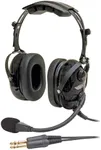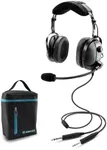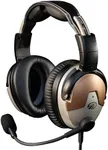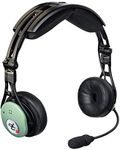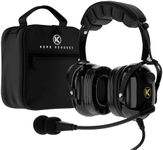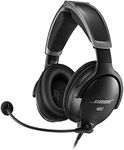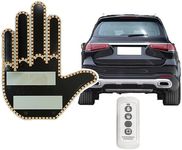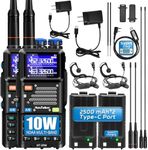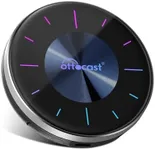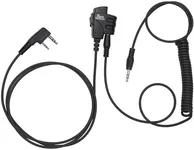Buying Guide for the Best Aviation Headsets
Choosing the right aviation headset is crucial for both comfort and communication during flights. A good headset can reduce noise, improve audio clarity, and ensure that you can communicate effectively with air traffic control and other pilots. When selecting an aviation headset, consider factors such as noise reduction, comfort, audio quality, and durability. Understanding the key specifications will help you make an informed decision that best suits your needs as a pilot.Noise ReductionNoise reduction is a critical feature in aviation headsets as it helps to minimize the loud engine and wind noise, allowing for clearer communication. There are two main types of noise reduction: passive and active. Passive noise reduction (PNR) relies on the headset's physical design to block out noise, while active noise reduction (ANR) uses electronic circuitry to cancel out noise. PNR headsets are generally less expensive and can be sufficient for quieter aircraft, while ANR headsets are more effective in noisier environments, such as in helicopters or older airplanes. Choose a headset with the appropriate level of noise reduction based on the type of aircraft you typically fly.
ComfortComfort is essential for long flights, as an uncomfortable headset can cause fatigue and distraction. Key factors that contribute to comfort include the weight of the headset, the padding on the ear cups and headband, and the clamping force. Lighter headsets with ample padding and adjustable headbands tend to be more comfortable for extended use. If you frequently fly long distances, prioritize a headset that offers superior comfort to ensure a pleasant flying experience.
Audio QualityAudio quality is important for clear communication with air traffic control and other pilots. Look for headsets with high-quality speakers and microphones that provide clear, crisp sound. Some headsets also offer features like stereo sound and Bluetooth connectivity for additional audio sources, such as music or phone calls. If clear communication is a top priority for you, focus on headsets that are known for their excellent audio quality.
DurabilityDurability is a key consideration, especially if you fly frequently or in challenging conditions. A durable headset will withstand the wear and tear of regular use and last longer. Look for headsets made from high-quality materials, such as metal or reinforced plastic, and those with robust construction. Additionally, check for warranties and customer reviews to gauge the headset's longevity. If you need a headset that can handle rough handling and frequent use, prioritize durability in your selection.
ConnectivityConnectivity options can enhance the functionality of your aviation headset. Common connectivity features include Bluetooth for wireless connections to devices like smartphones and tablets, and auxiliary inputs for connecting to external audio sources. Some headsets also offer dual plugs or adapters for compatibility with different aircraft types. Consider your specific needs, such as whether you require Bluetooth for hands-free communication or if you need a headset that can easily switch between different aircraft.
Battery LifeBattery life is particularly important for headsets with active noise reduction (ANR) and Bluetooth features, as these functions require power. Longer battery life means fewer interruptions during flights and less frequent recharging. Look for headsets with long-lasting batteries or those that offer the option to use replaceable batteries. If you often take long flights or don't want to worry about frequent recharging, choose a headset with a longer battery life.


